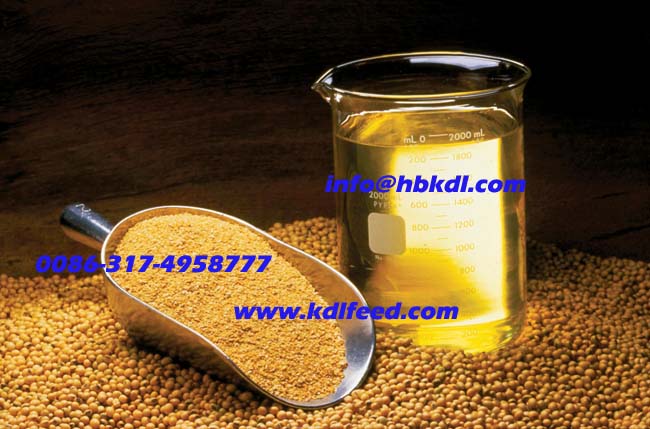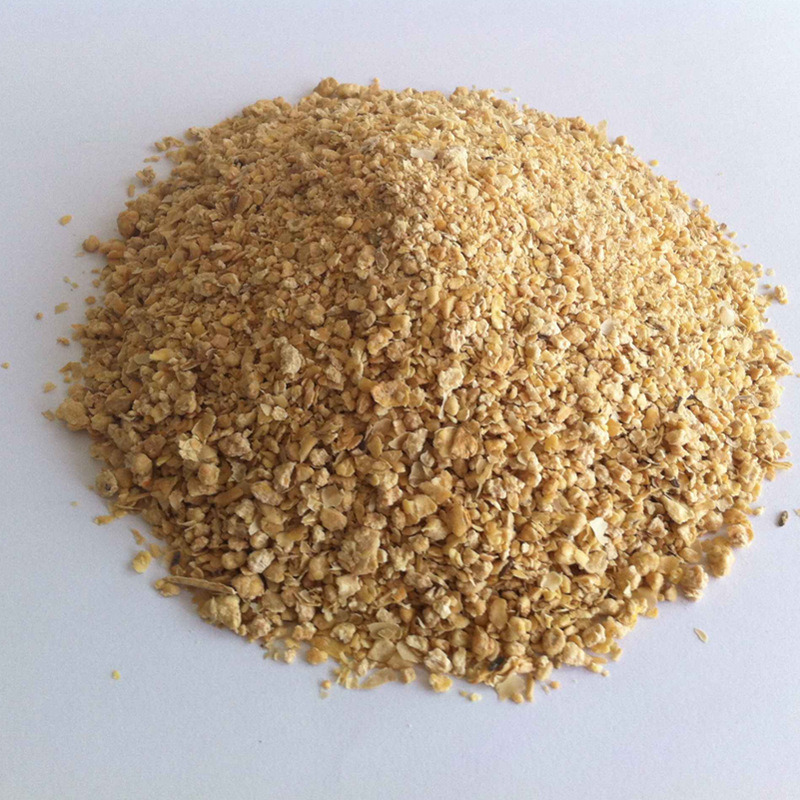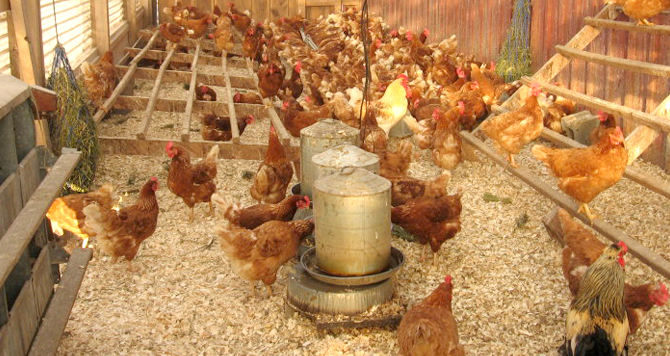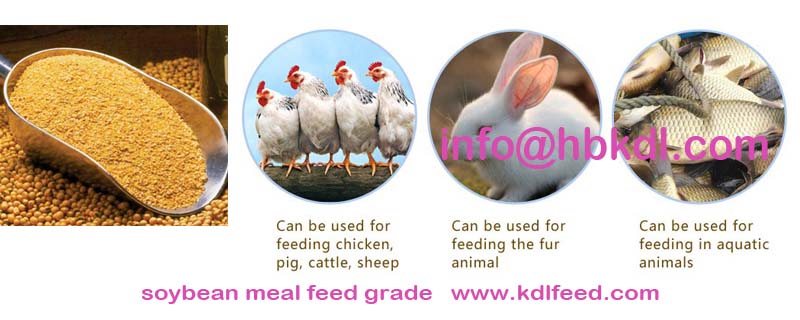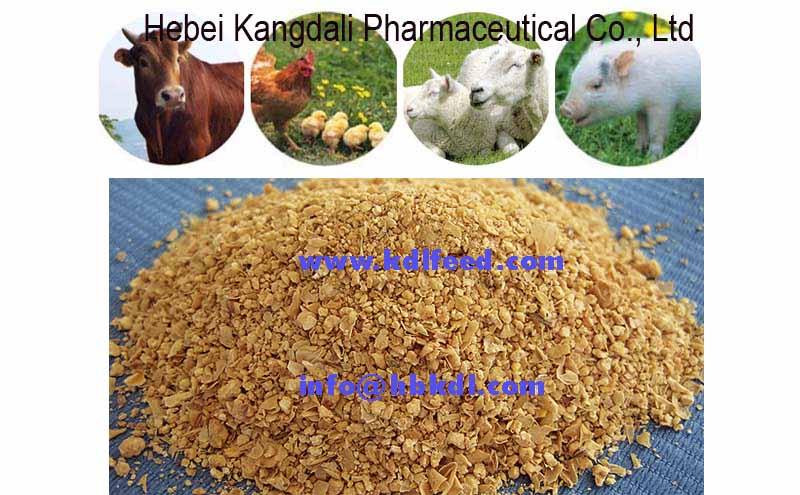soybean meal-Feed Ingredients source,Feeding Soybean to Poultry

high protein corn gluten meal 60% for animal feed
November 1, 2017
75% CHOLINE CHLORIDE LIQUID-Vitamin B
November 4, 2017Soybean meal is a major source of protein used by the pig and poultry industries in Australia. Manufacturers of companion animal foods, such as dog foods, also use soybean meal in their diets. As well, this versatile protein is being used as a source of protein in aquaculture diets. Soybean meal is an important source of protein for animals due to its excellent amino acid composition and high level of digestibility. soybean meal is the principal source of protein for the feed industry worldwide, it has become an ingredient that is strategically traded around the globe every day of the year. Feed manufacturers use soybean meal as the standard against which other protein sources are compared. Soybean meal has also become the protein source that determines the price of proteins for livestock feeding.
Soybean meal is the by-product of the extraction of soybean oil. Several processes exist, resulting in different products. Soybean meal is usually classified for marketing by its crude protein content. There are two main categories of soybean meal, the “high-protein” soybean meal with 47-49% protein and 3% crude fiber, obtained from dehulled seeds, and the “conventional” soybean meal, with 43-44% protein, that contain the hulls. In solvent-extracted soybean meals, the oil content is typically lower than 2% while it exceeds 3% in mechanically-extracted meals
Composition
The extent to which soybean meal is used in diets for pigs and poultry is determined to a large extent by its cost effectiveness in supplying essential amino acids, particularly lysine, methionine and threonine. Several commercial software packages are available to carry out the many iterative computations involved in formulating a diet from a list of 30 or more feed ingredients. Because the availability and cost of feed ingredients are extremely dynamic in the market place, diet formulations constantly change in response to prevailing conditions.
Processing
The standard process for solvent extracted soybean meal production involves a series of treatments. These include cracking, dehulling, flaking, extraction, followed by desolventising and toasting.
Fullfat soybean meal is produced by heat treating soybean seeds either by steam, followed potentially by extrusion, toasting, and micronising, or jet sploding to produce a high oil, high protein product.
Soybean meal contains one of the highest levels of phosphorus (P) of all plant proteins, yet much of it is present in a complex with phytic acid, rendering the phosphorus in a poorly digested form for monogastric animals. Due to the large amounts of undigested dietary P, a substantial amount is excreted in the manure. This poses an environmental concern, especially in areas of the world where land and water resources are scarce and livestock population density is high. The addition of microbial phytase to diets increases the digestibility of phosphorus and decreases phosphorus excretion. The addition of phytase supplements may become more commonplace in Australia as the pressure to reduce nutrients in effluent increases. Any genetic improvement to soybeans to increase phosphorus availability could decrease diet cost and phosphorus excretion and increase dietary energy concentration. This would be beneficial to the pig and poultry industries.
Three main kinds of soybean meal are produced:
• full-fat soybean meal, made from whole soybeans. It has a high metabolizable energy concentration. (For example, metabolizable energy for swine in this product is about 3.69 megacalories (i.e. 15.4 MJ) per kg dry matter.) Crude protein concentration is about 38 percent (as fed).This kind of product is sometimes fed to various classes of livestock.
• defatted soybean meal, containing no hulls. This product has an intermediate energy concentration. (For example, metabolizable energy for swine in this product is about 3.38 megacalories (i.e. 14.1 MJ) per kg dry matter.) Crude protein concentration is about 48 percent.This percentage [which is commonly used in describing the product] is calculated at the typical as-fed moisture content of 88 percent.Thus, crude protein concentration expressed on a dry matter basis is 54 percent. This product is commonly fed to swine, broilers and layers.
• defatted soybean meal, containing soybean hulls. The hulls are readily digestible by ruminant livestock. This product is often fed as a protein supplement for domestic ruminants. Ruminant-metabolizable energy concentration is about 3.0 megacalories (i.e. about 12.5 MJ) per kg dry matter, and crude protein concentration is about 44 percent.The latter percentage [which is commonly used in describing the product] is calculated at the typical as-fed moisture content of 90 percent[4] Thus, crude protein concentration on a dry matter basis is 49 percent.


